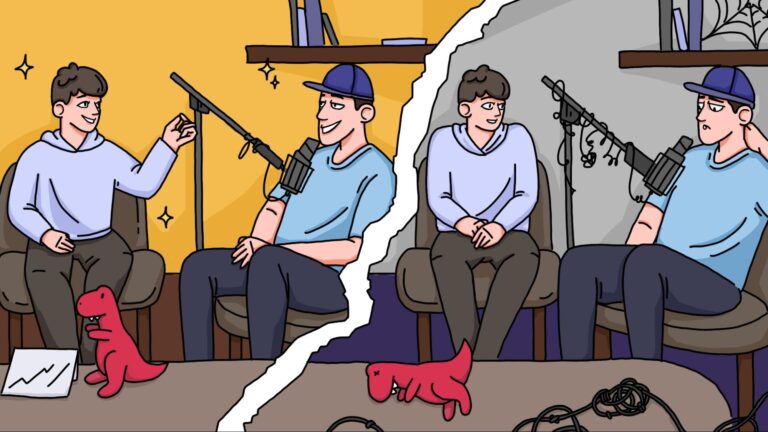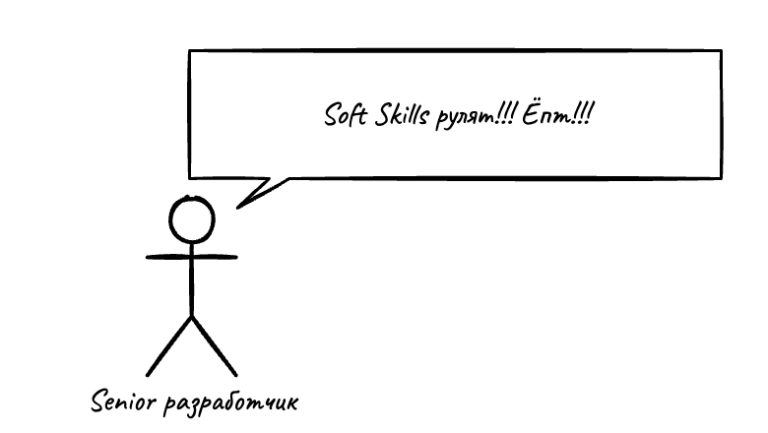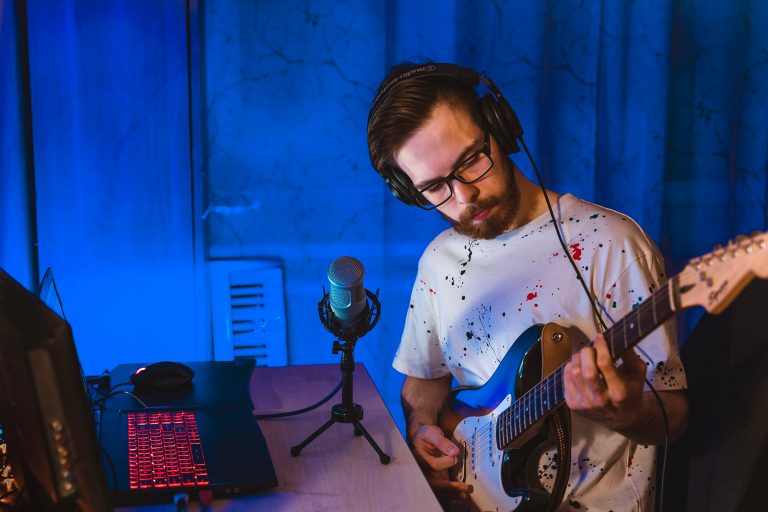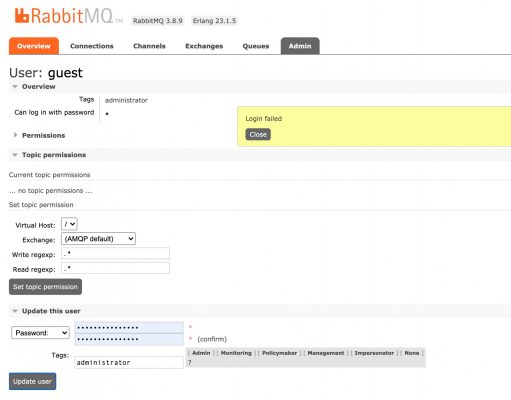Retroelectric train “Yakhroma” (ER2K-980) – restart of “Ski arrow” 1972

In the Soviet Union, sports were held in high esteem. On a winter day, many families preferred to spend time outside the city, cross-country skiing and downhill skiing. And to get to the places of skiing they were helped by special electric trains – “Ski arrows”. In recent years, the tradition has begun to revive – similar trains have appeared for lovers of walks in the woods in the Leningrad region, special trains and trains to Apatity (Kirovsk), to Rosa Khutor, to Chugunash (Sheregesh), Gubakha and other ski resorts of the country.
In Moscow, both the direction and the train itself were restored – a retro-electric train. Yes, yes, it was “retro” – they took the old train and tried to restore the atmosphere that reigned in Soviet trains. Almost everything is like in the 80s, including the menu, sugar and the driver’s uniform. A train will go to Yakhroma – this is an hour and a quarter from Moscow, a place where you can get to one of the four local ski resorts on the Ikarus. Ikarus were also restored. If you have a ticket for a retro-electric train, travel in “Ikarus” is free.
We took part in the technical run-in of this retro-electric train of 8 cars (10 are planned for the combat version) and talked with those who made this train. And there was something to talk about, because in fact it was not even a miraculously preserved round-headed train from 1972, which was waiting in the wings in St. Petersburg. This is a reconstruction of several trains (some of the carriages were taken already in Siberia) and interior elements from all over the country.

What happened
Russian Railways has a large program of retro trains, you can see them in more detail here… Previously, this almost always meant a large, beautiful steam locomotive and a carriage in the spirit of Tsarist Russia – Milfgard wrote about this. This time we managed to find a surviving electric train from the 70s, completely reconstruct it and launch it along the Soviet route. “Ski arrows” were very popular, because both before the Olympics and immediately after it, sport was promoted as part of the ideology of the USSR, and there were still few vehicles. Therefore, a thermos, skis, hats – and forward, on holidays and weekends.
The designers were given the task of sorting through old photographs and restoring the style, but in such a way that it would comply with modern fire safety standards, insolation, and so on. Not to say that they have changed significantly, but the engineering part of the cars has changed significantly. More precisely, it was decided to replace the gravity-type toilets with modern dry closets, as in “Lastochki”. Here’s what happened:
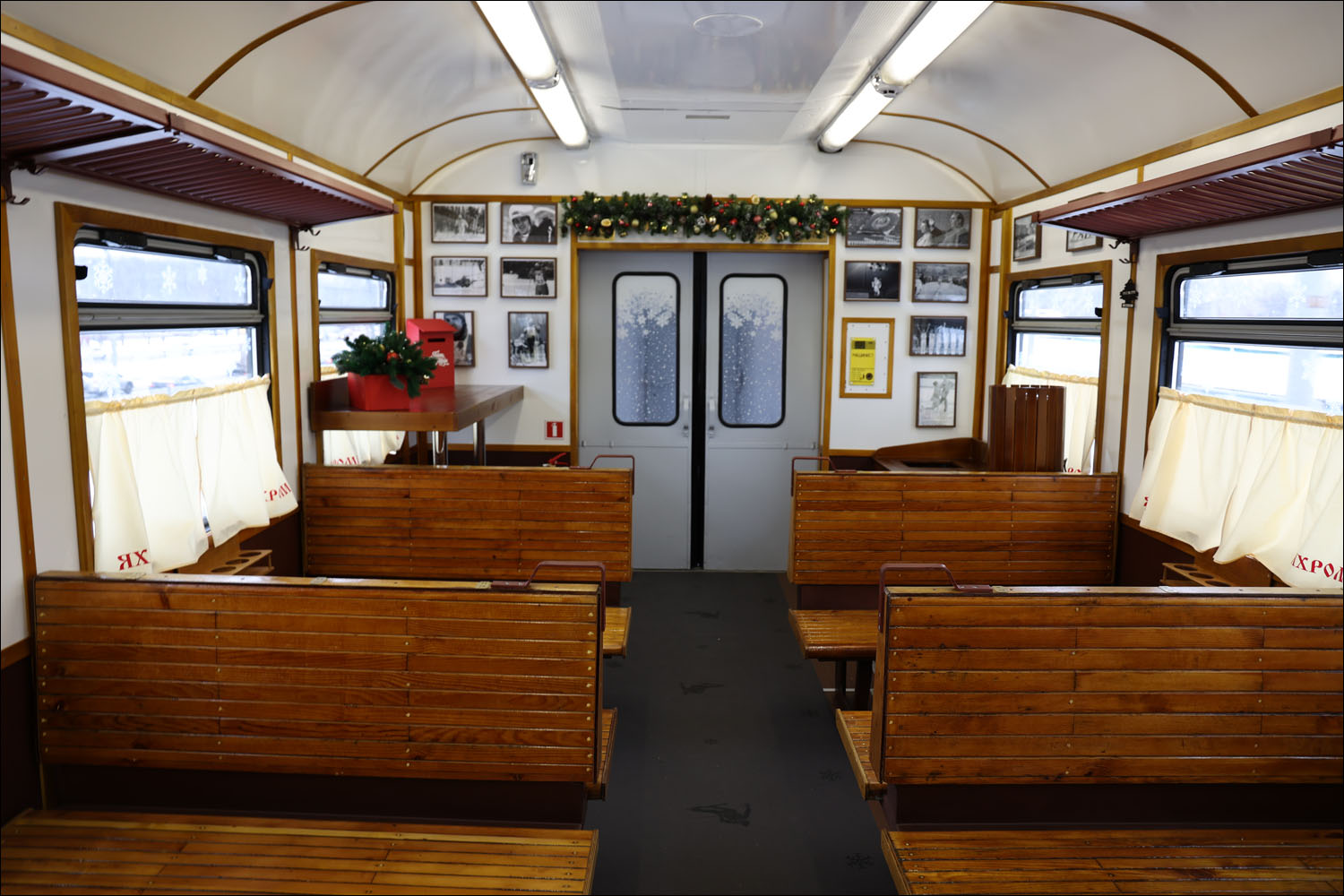
The seats were searched all over the country. In the original train, they were historically made of beech, in the restored one – larch and beech.
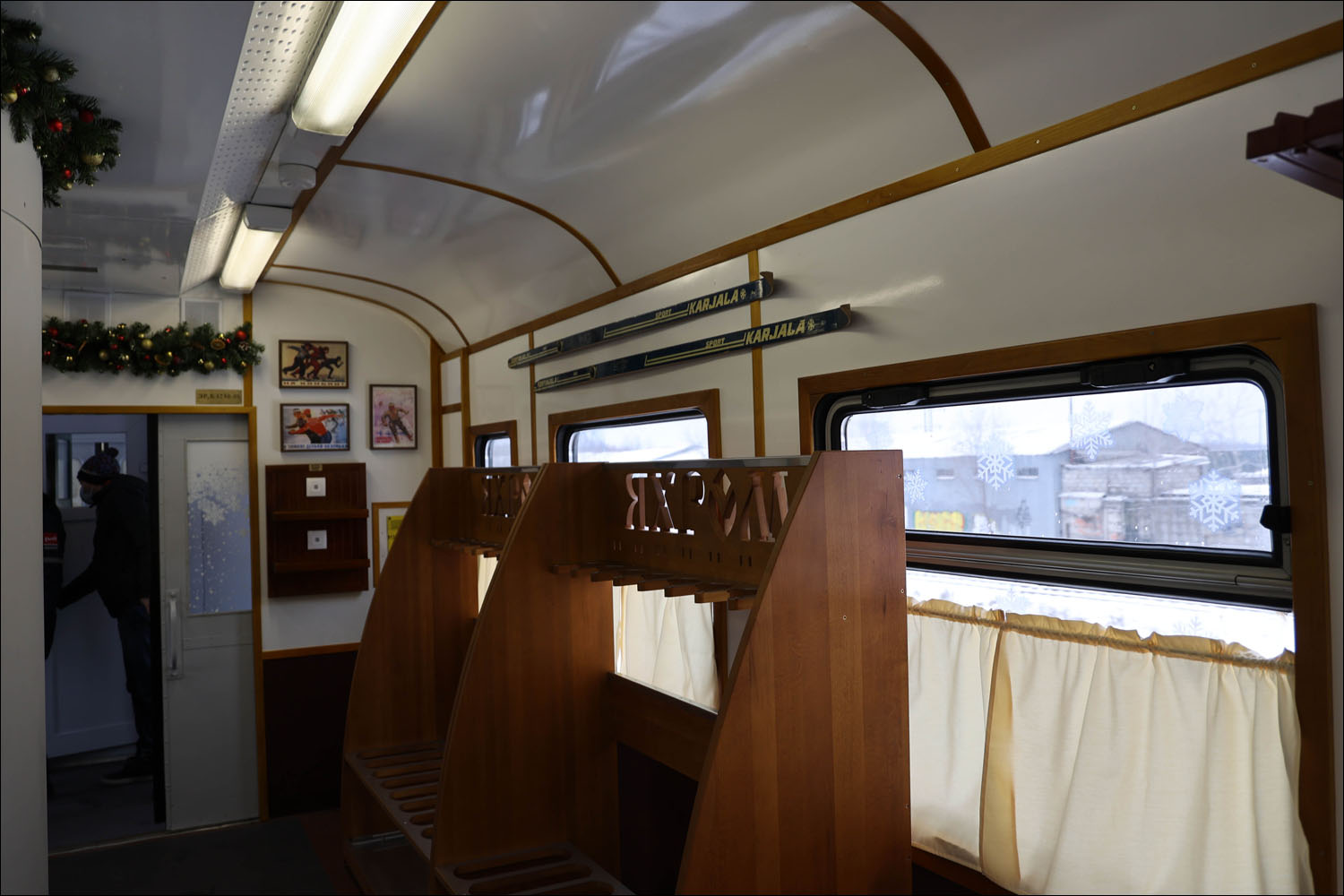

The toilet is wheelchair accessible and has an SOS button.
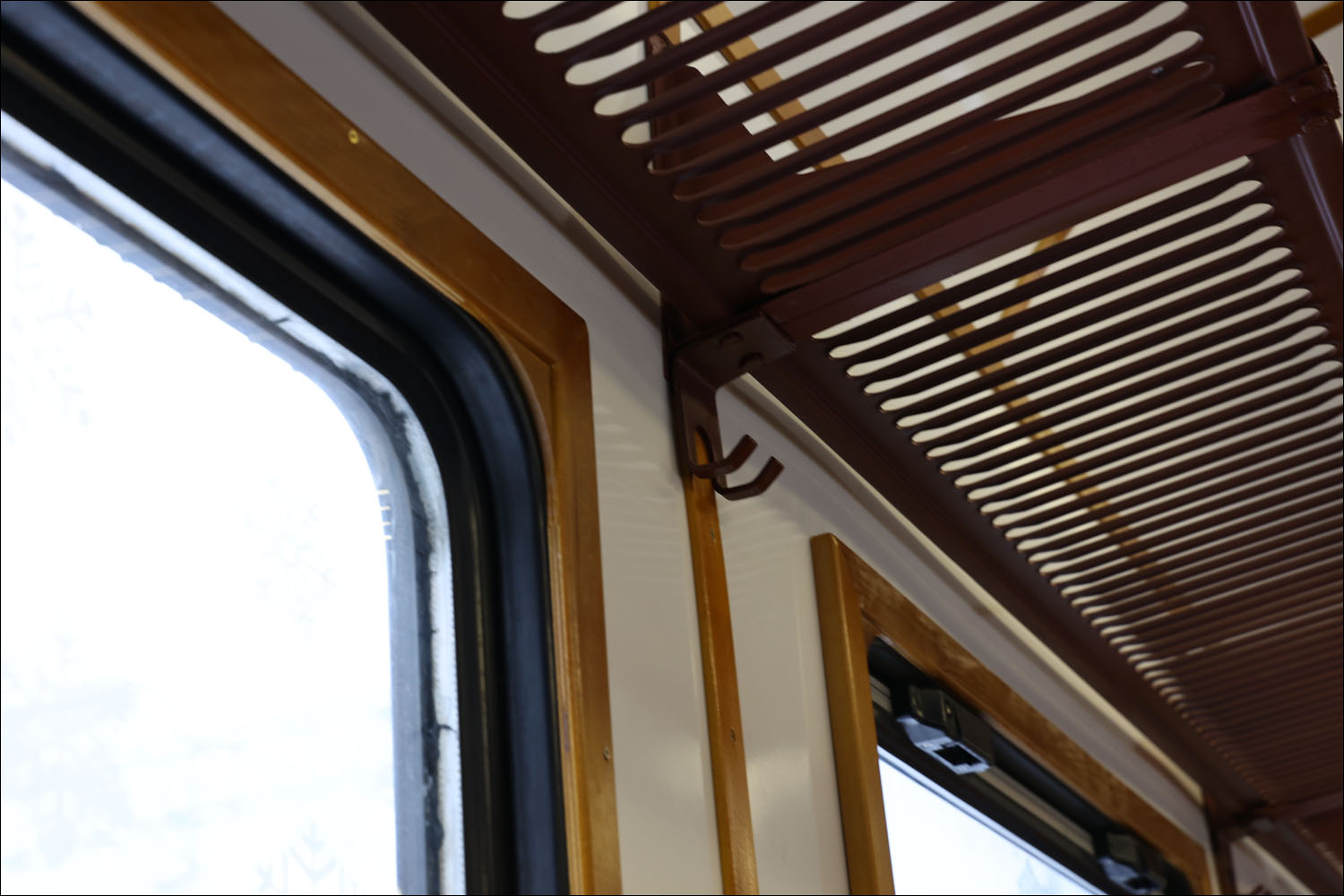
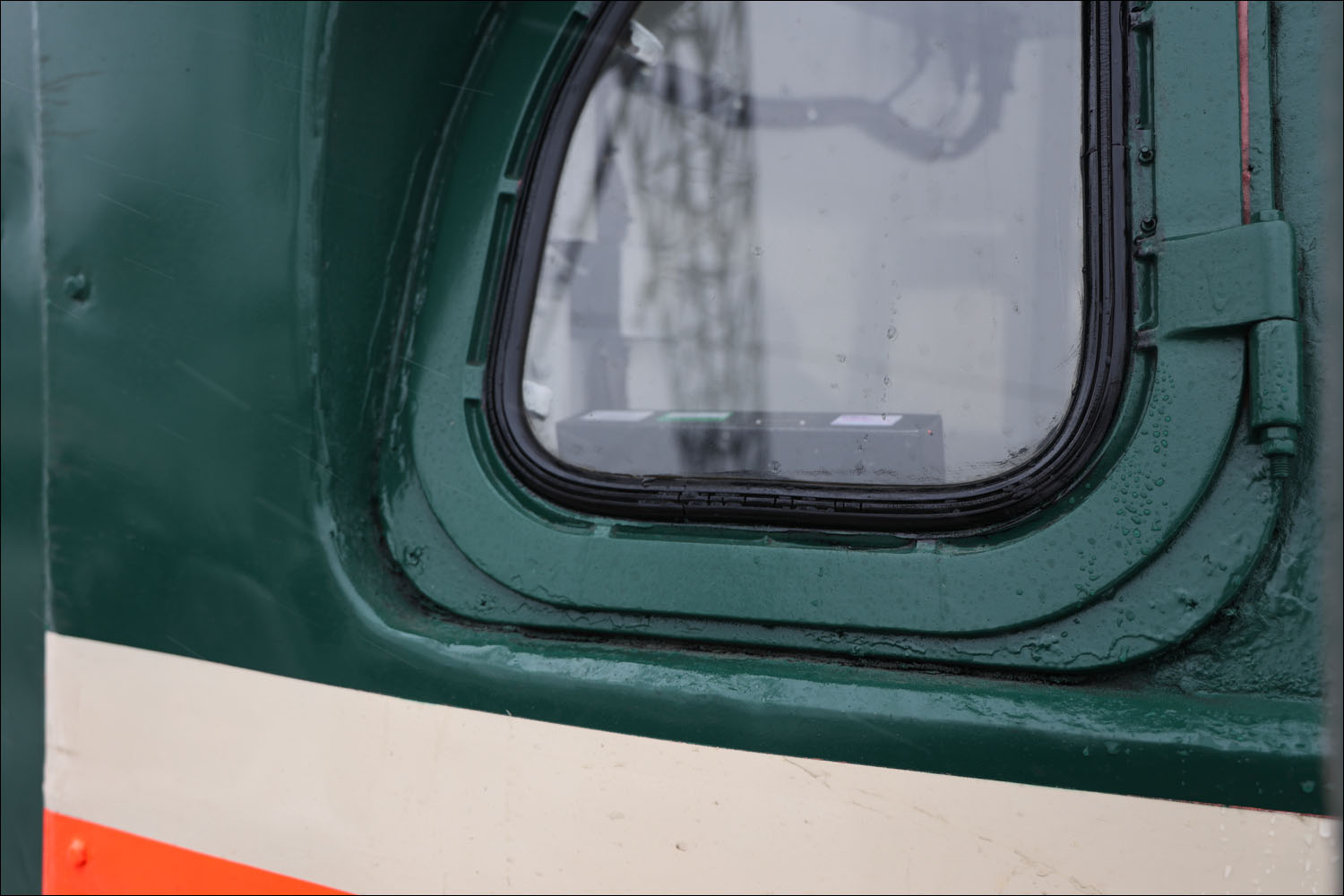
The cars, of course, underwent body work – there was an external painting, in the interiors – painting and replacement of panels.
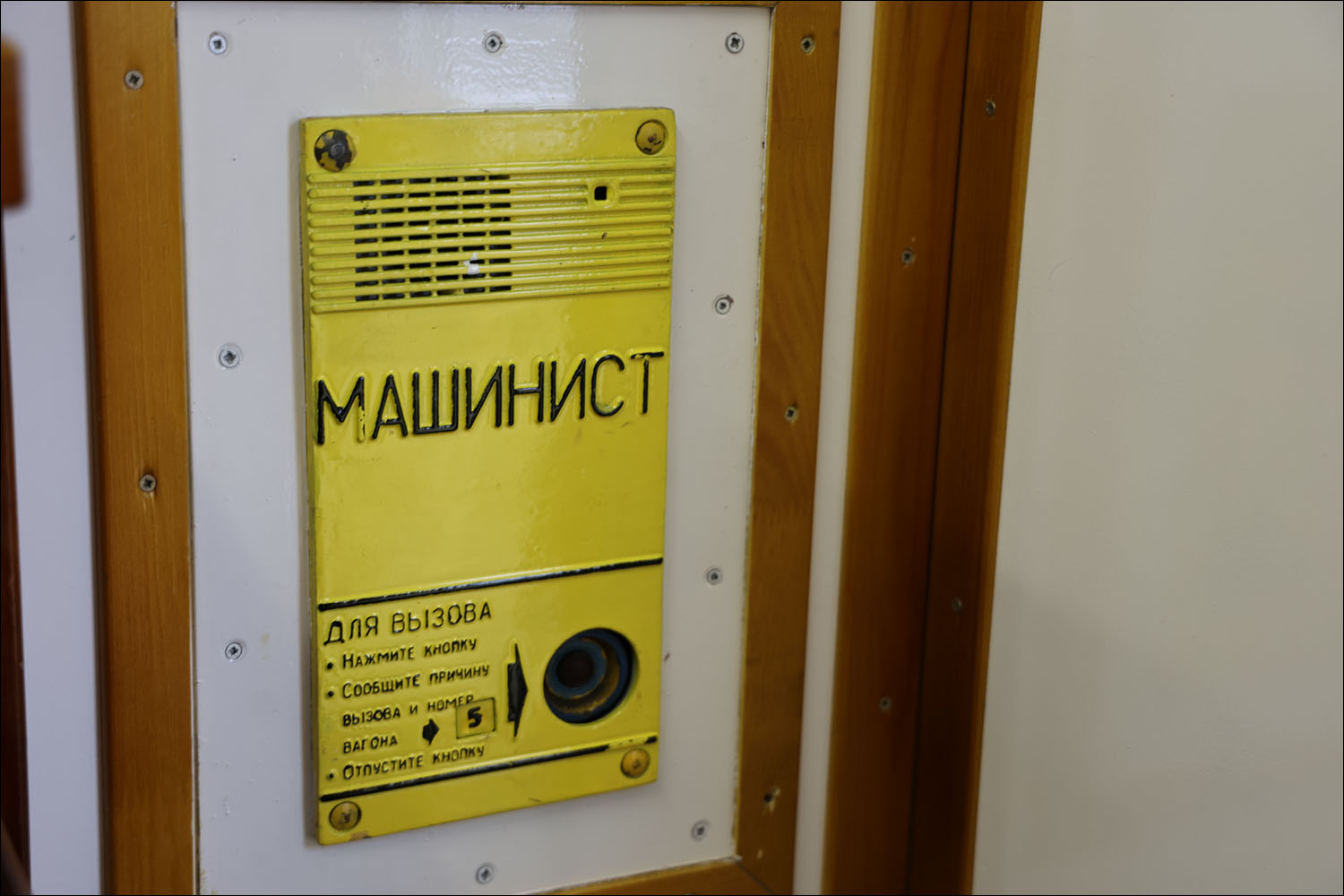
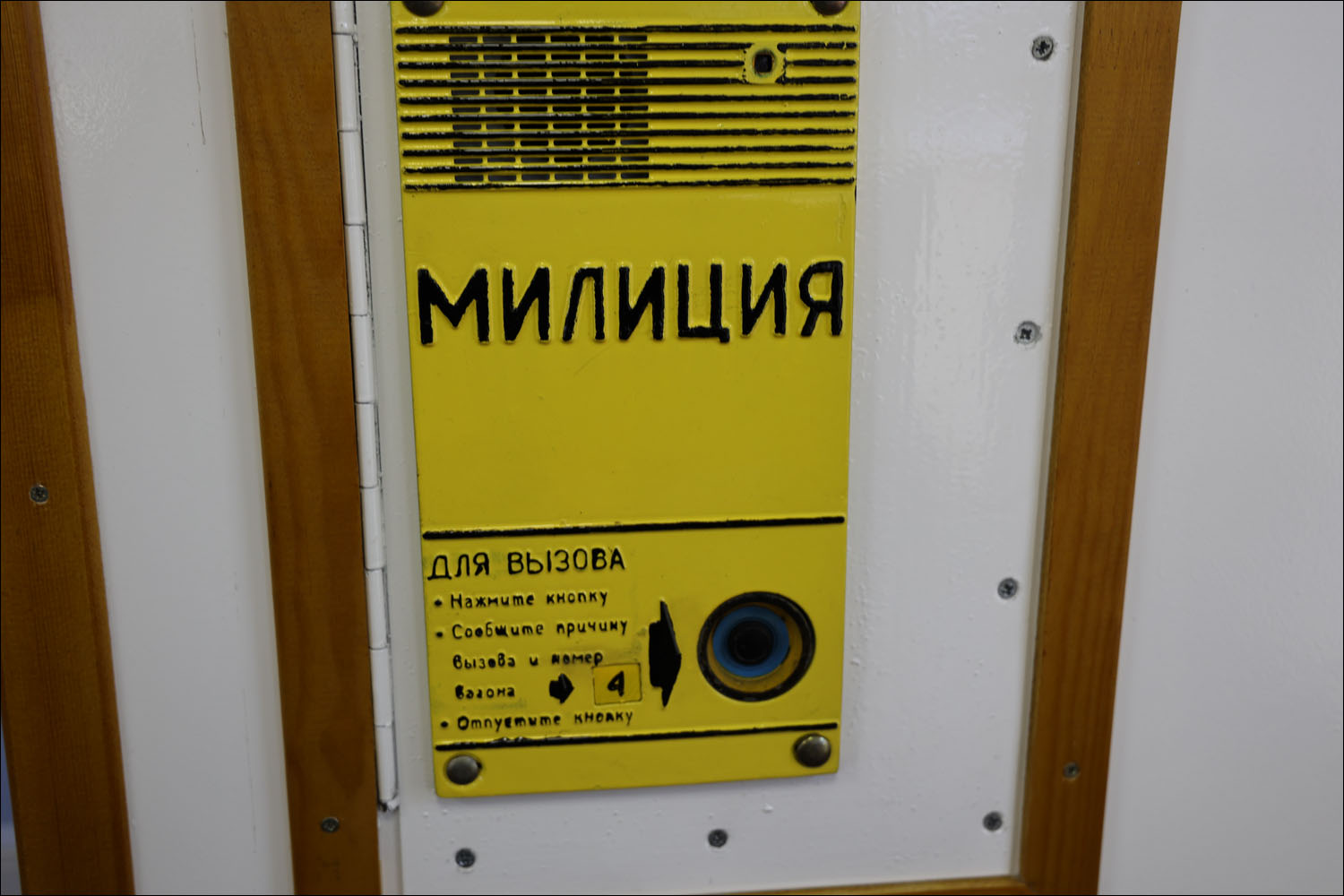
As you can see, the ski racks work well with USB sockets and wood-framed thermo pots.

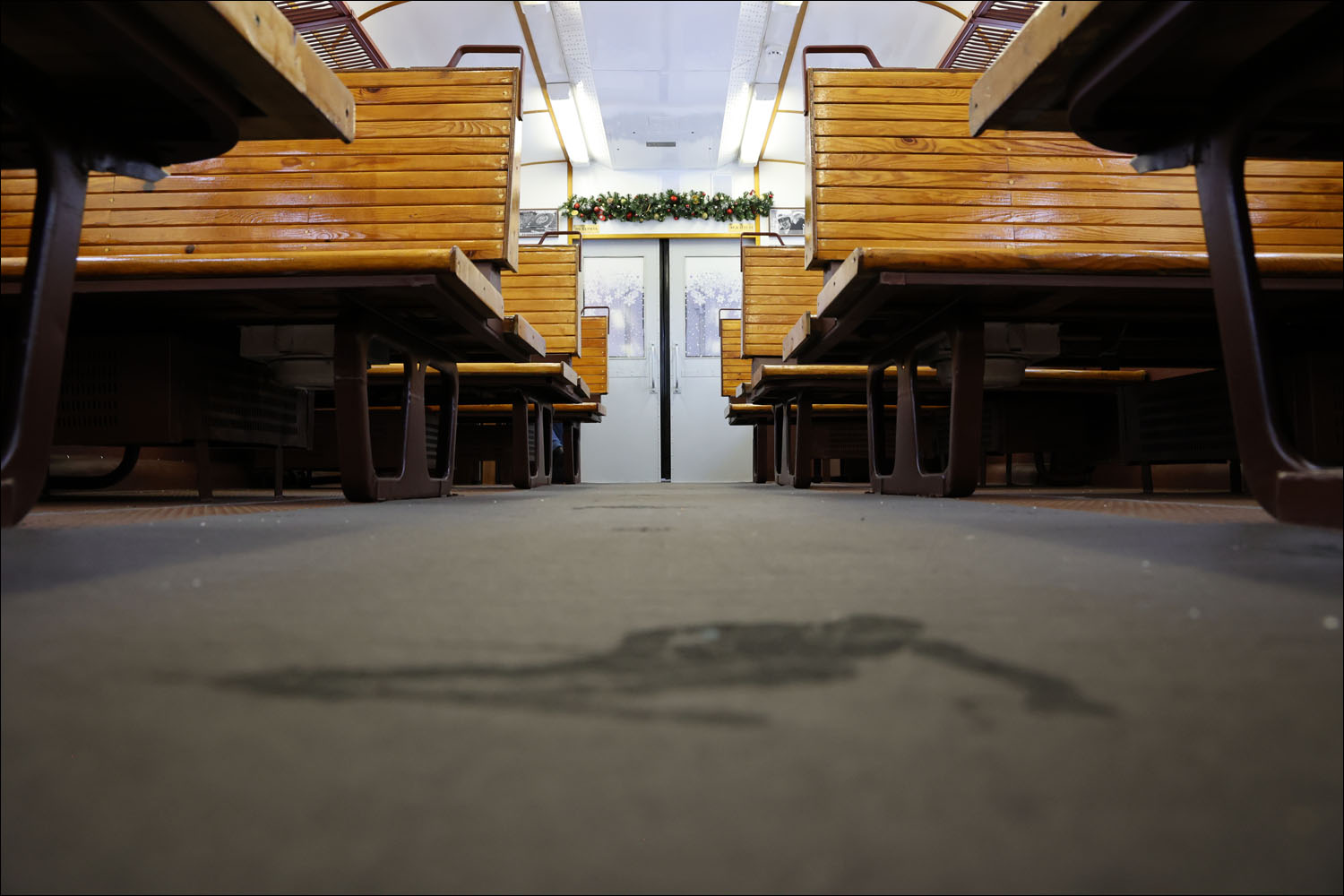
Many decorative elements, such as curtain rods for window curtains, were originally wooden; direct replacement with the same materials was not always obtained. The same windows were completely changed while maintaining their appearance: from wooden muzzles.

For the final comfort, they added historical photographs so that retirees would briefly plunge into their youth. These are mainly footage from the Olympics and propaganda posters of the 80s, promoting a healthy lifestyle. If the photo is historical, then there is a caption explaining what exactly is depicted, that is, the entire train is still such a photo exhibition.

To make it clear what and how the train was assembled, here are some photos of the cars before the overhaul (the following 5 images were provided by the passenger management of Russian Railways at our request):

The cabin, of course, had a certain charm of antiquity, but it needed repair:

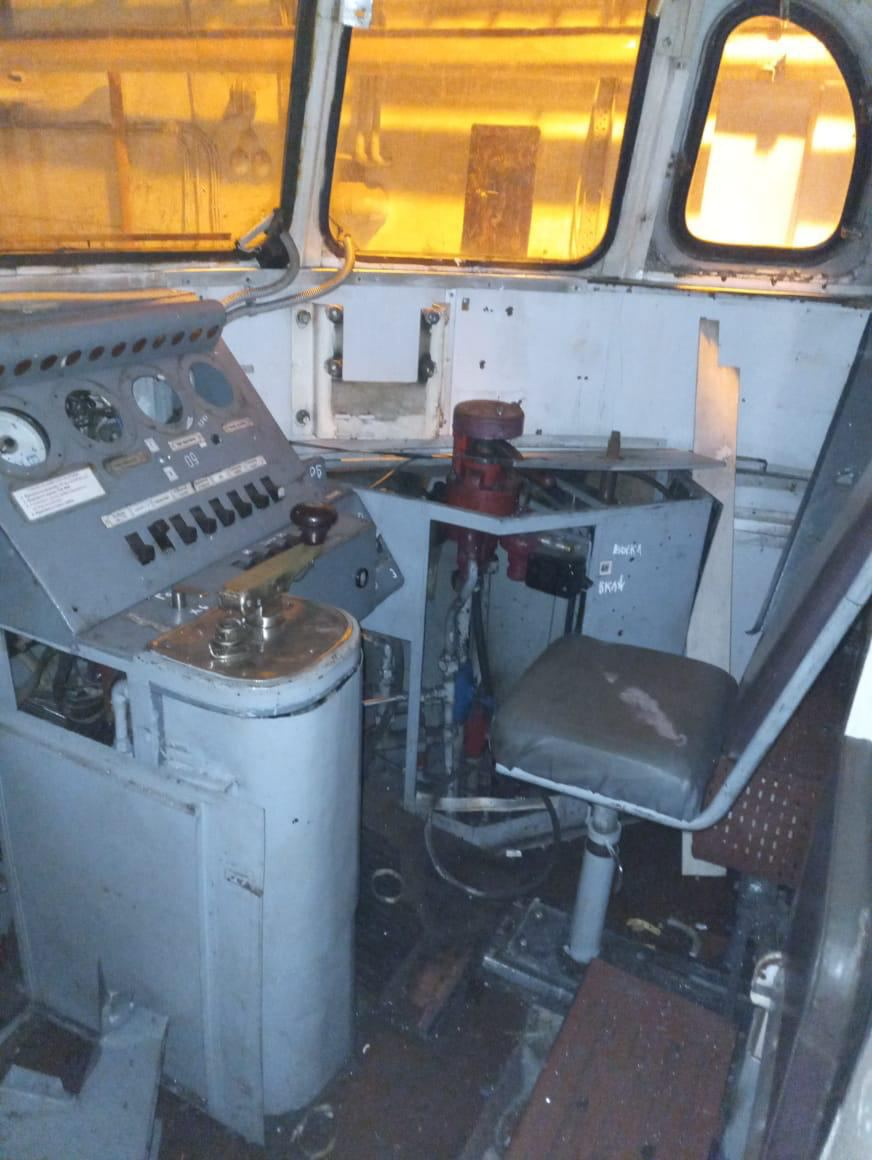
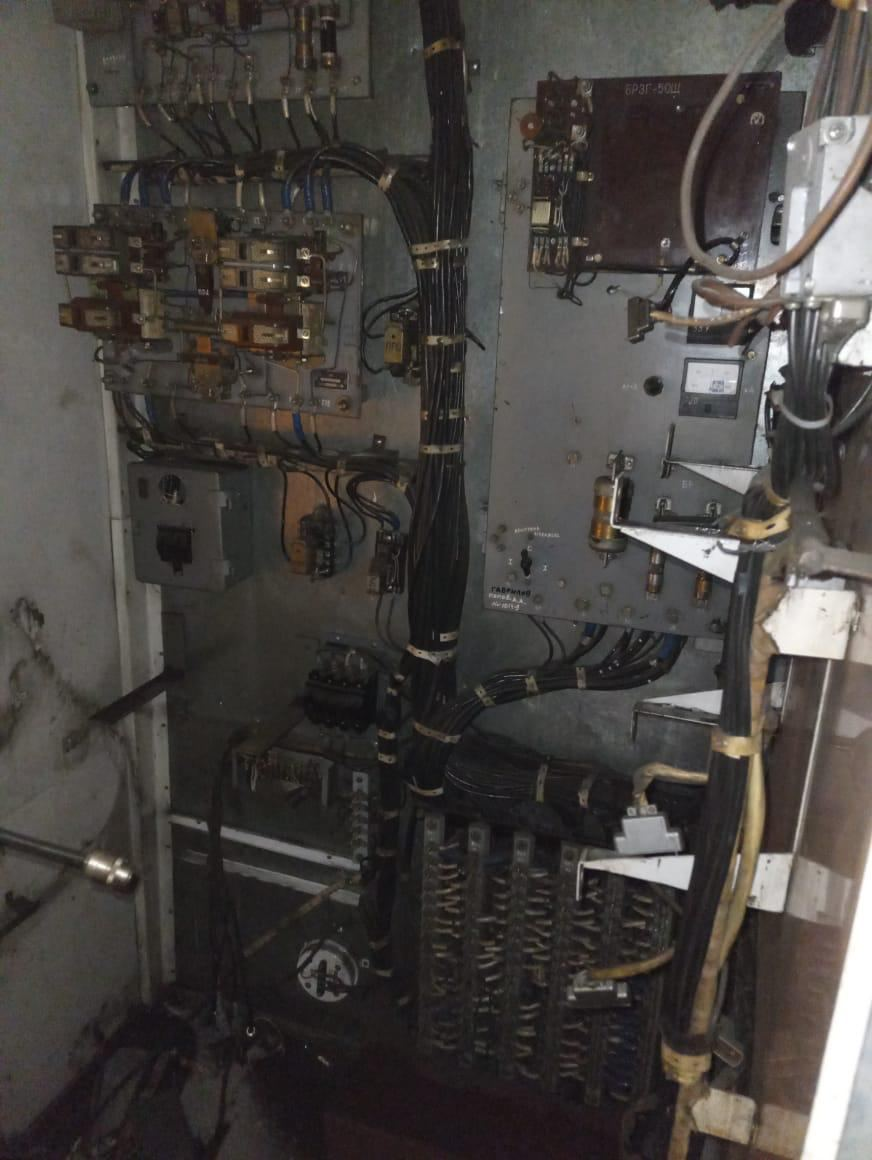

And here is the cabin of the already restored train:


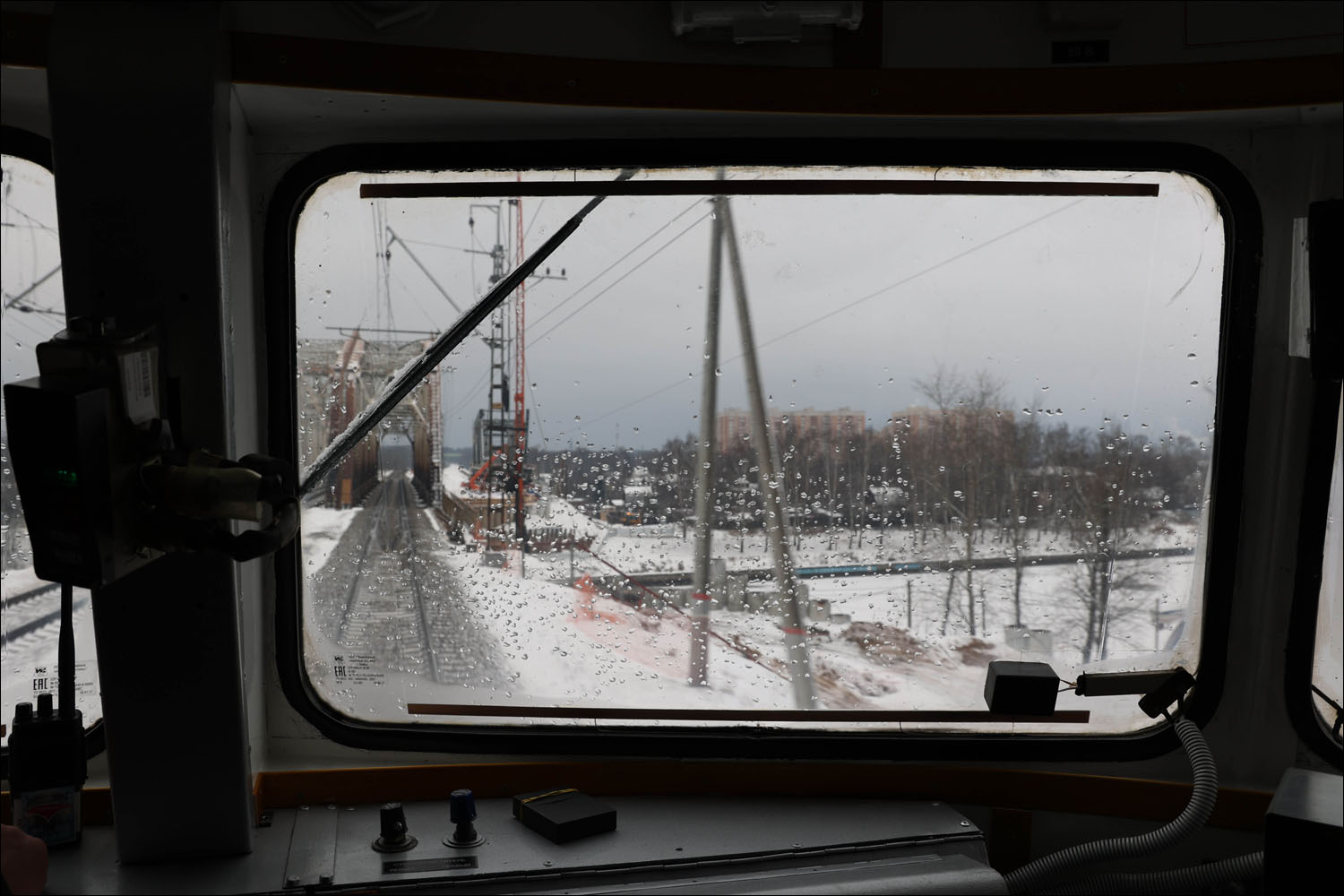
The undercarriage was surprisingly well preserved, but, of course, repairs had to be made starting from the wheelsets and beyond.
The train was burning in St. Petersburg, 3 cars were damaged. So I had to look for a replacement. The cars were brought from Siberia and Novomoskovsk in the Tula region.
Passenger service
It is assumed that a person buys the whole experience from the train station to the resort and back. The story begins at the Savyolovsky railway station, where ski storage facilities are available especially for avid skiers. That is, you can not drag around with them every weekend around the city, but leave them at the station and pick them up before boarding the train.
The train itself has ski bindings.
Stewards and locomotive crew are dressed closely to the uniform of the 80s. In the archive of Russian Railways, they found orders in the form of 1985 and sewed something quite similar in image (the requirements for the form have changed slightly since then, so it did not work out directly to copy).

Photo courtesy of D.Ye. Barmin, Head of Passenger Service Organization, High-Speed Service Directorate.

Those same retro buses are put on a ticket from a retro electric train. By the way, we were served not just an Ikarus, but an airfield, with two doors, it seems, of German production:

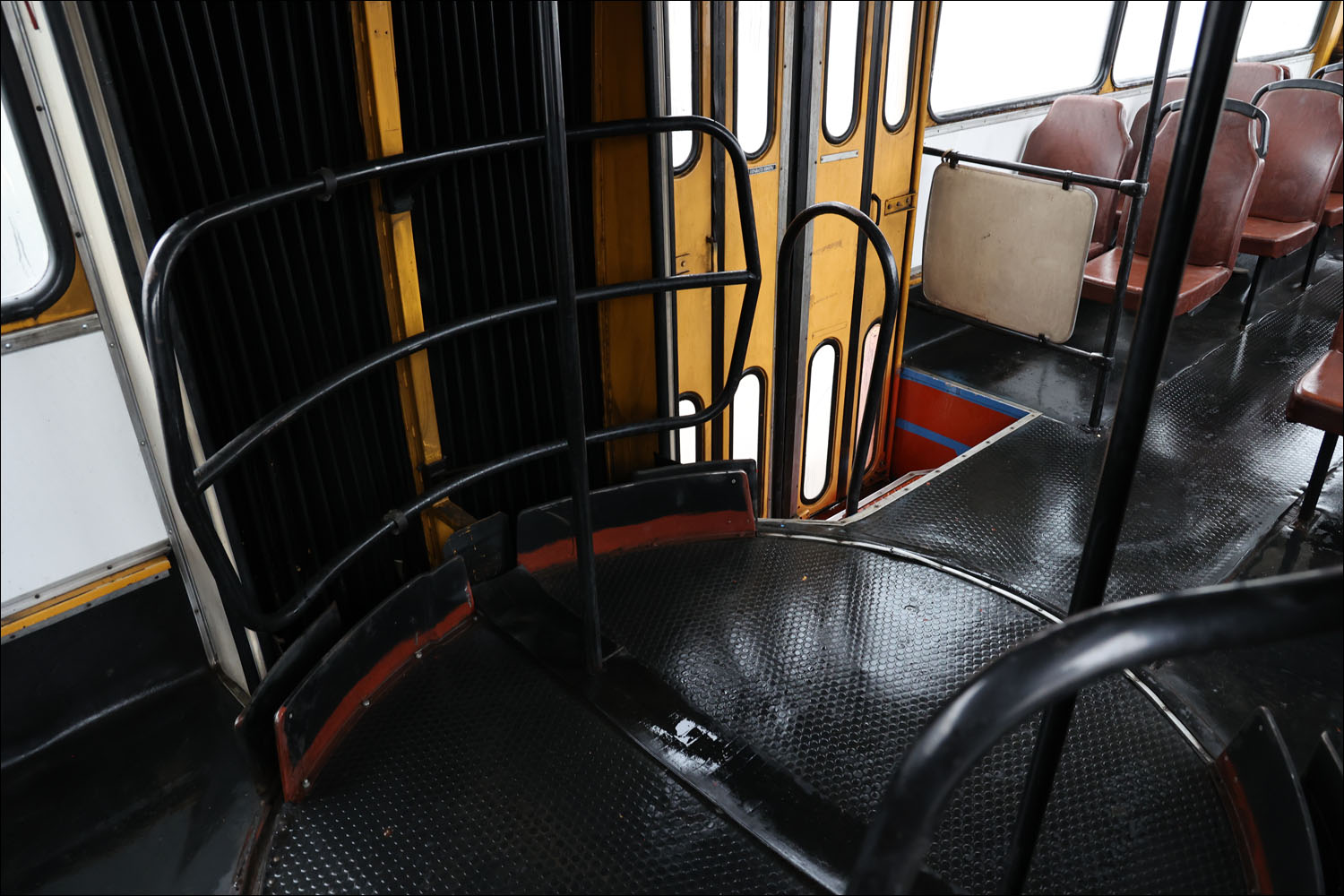
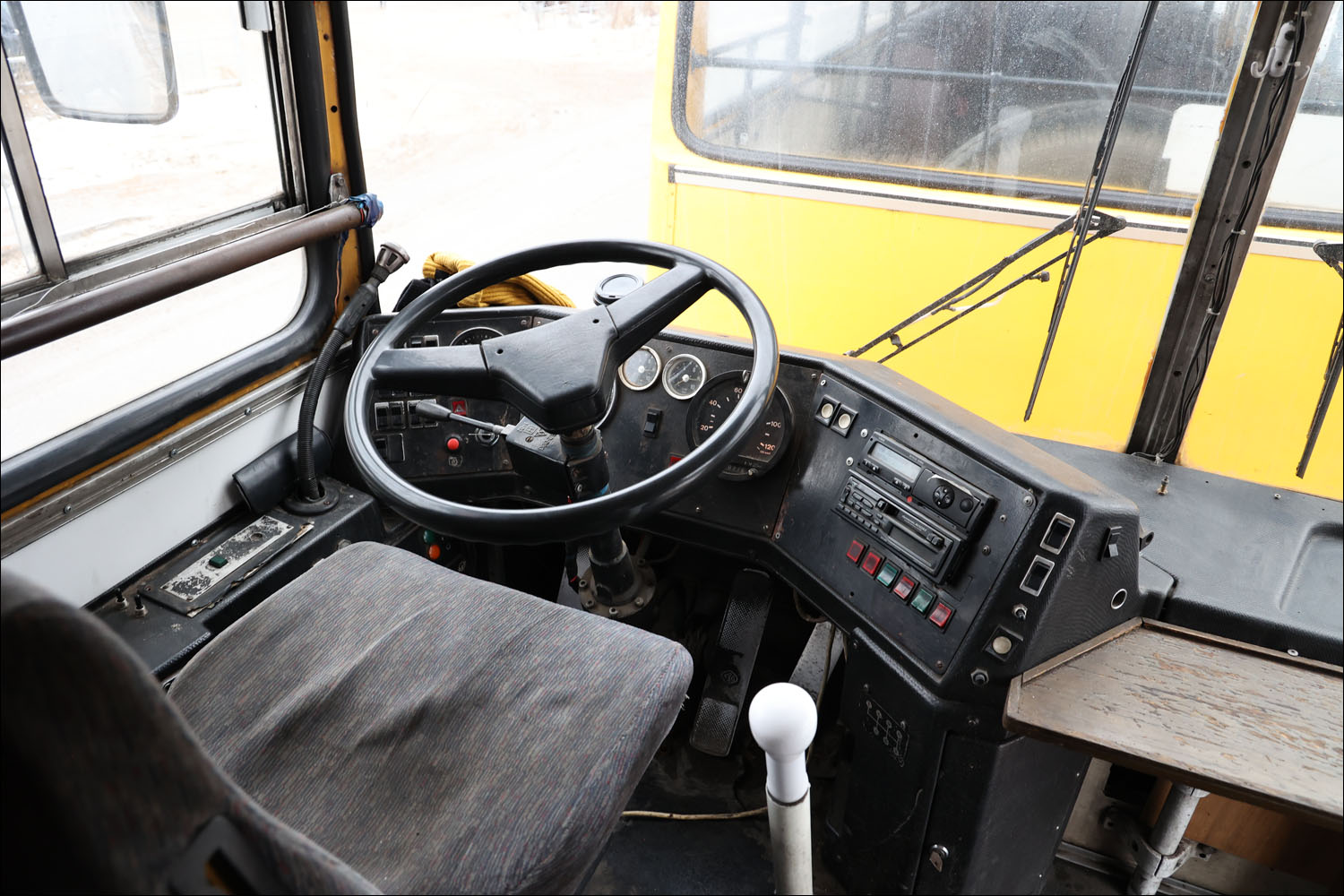

Buses from Yakhroma go to the Sorochany ski resort, the Volen and Yakhroma parks, and from the Tourist platform (there is also a stop there, this is directly in front of Yakhroma) – to the Central Administrative District of Leonid Tyagachev. There is no bus in Stepanovo yet, “Ikarus” cannot turn around there, they are considering a minibus.
It is planned to sell ski passes to ski resorts directly on the train at a special price.
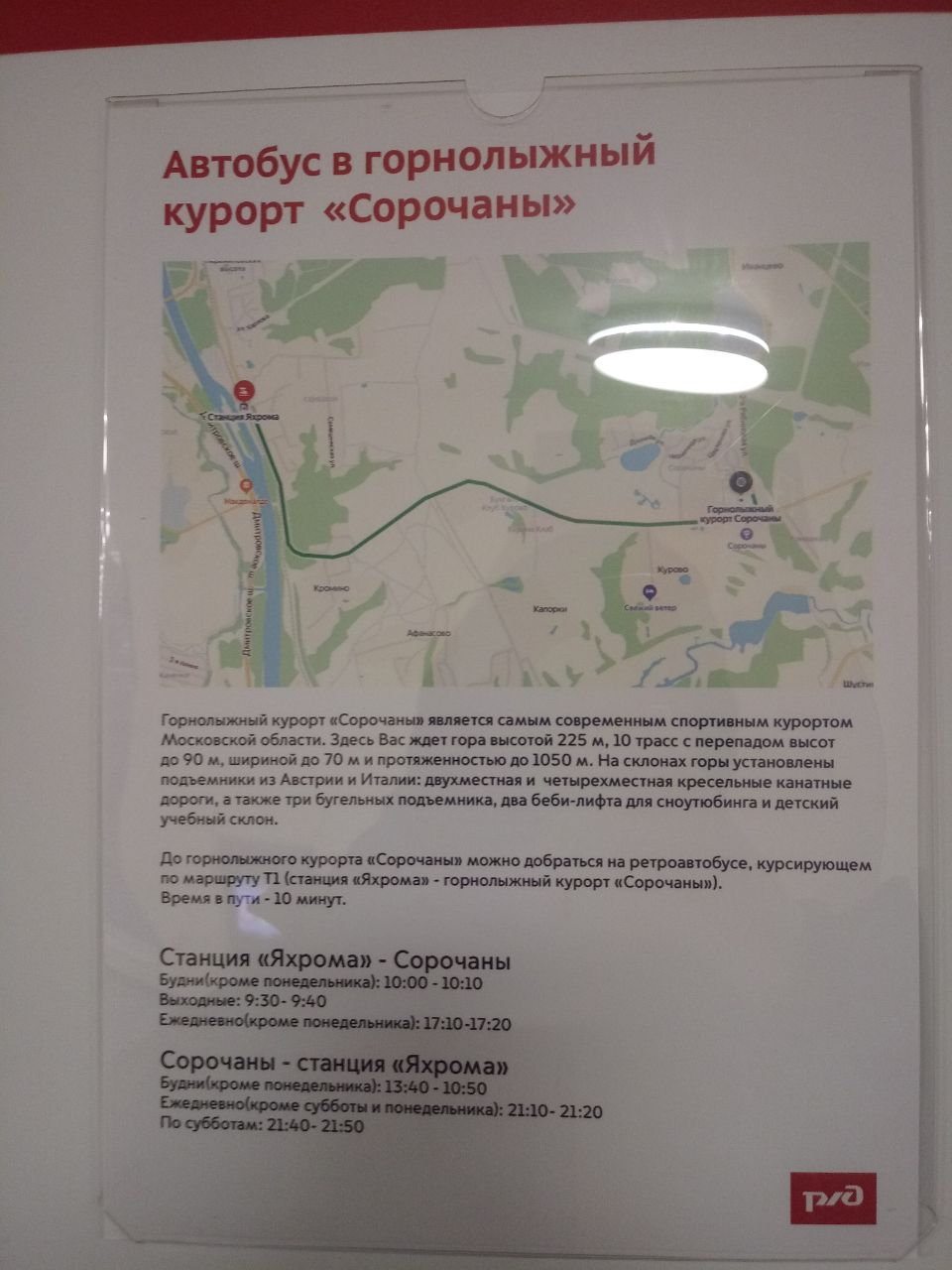
By the way, in Sorochany and other resorts you can go not only downhill skiing and snowboarding, but also tubing. And a modern belt hoist will help to climb up (they are very proud of them on the spot):

Those who just want to ride a retro-electric car and do not want to go to ski resorts can go to the monument “Heroes of the Battle of Moscow” at Peremilovskaya height – it is located very close to the Yakhroma station. You can also go to Dmitrov, walk around the Kremlin – this is just one stop from Yakhroma on an ordinary train, you can pay for the fare with the Troika without buying a ticket (24 rubles, from January 1 – 26 rubles).
On weekends, the morning retro-electric train is very well connected with by train BMO (Great Moscow Bypass) on Aleksandrov. So if suddenly someone needs to go there, then thanks to the retro electric, you can sleep a little longer and save time on the road. Only it is better to change trains in Tourist, and not in Yakhroma – there the ticket office is close (at the last carriage), and the train from the same platform. You can buy a ticket directly on the BMO train (but with a collection of 100 rubles).
By the way, the vicinity of the BMO last year was quite actively used by tourists-skiers (on cross-country skiing). Since there was almost no snow in Moscow, while in the north of the region there was. For example, report one of a group of tourists about a weekend ski trip on March 1, 2020 (there you can see photographs and compare with the snow cover in the vicinity of Moscow, if any of the skiers remembers). And in the vicinity of the Kostino BMO station in mid-February, a rather interesting tourist skiing event (cross-country skiing) is held, after which a good ski track usually remains. So you can ride a retro-electric train and discover new ski routes.
But back to the retro-electric.
The menu on the train includes black or green tea for free in disposable cardboard cups (and special consoles by the windows are made for this tea):


You can buy something from the Soviet era to eat: they promise to support Alyonka chocolate, Duchesse lemonade, Korovka waffles, Yubileinoye cookies and other iconic products on the menu. The pies are made according to Soviet recipes: with apple jam and with egg and rice.

Schedule and prices
Here is the train schedule there and back… The launch is scheduled for December 29, 2020.
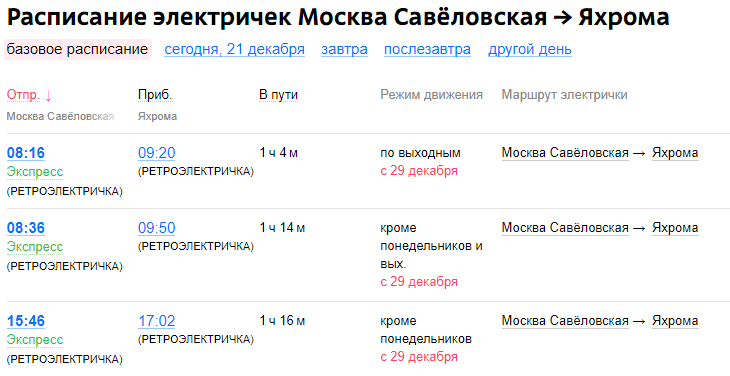
Judging by the poster at the station, a ticket on weekdays will cost 300 rubles, on weekends – 500 rubles. Children under 10 years old get a 70% discount, schoolchildren – 50%. Round trip – 20% discount for “back”. There are 396 seats on the train, excluding the middle seats: the middle seats will not be sold, but they can be occupied by children without a seat up to 5 years old. The retro train itself, tea and the opportunity to ride to the ski resort on “Ikarus” are included.
What does running a train look like?
Imagine, the head carriage gathers representatives of the TsZL (quality control), all the engineers, the technical staff who worked on the train, and the management, including Dmitry Vladimirovich Pegov, Deputy General Director of Russian Railways, in charge of the passenger complex, without whom this project is generally would not have taken place. Passengers create stress testing on stewards, the train moves along the route in the schedule to check the calculations, technicians worry that something will go wrong with the design improvements, and on the fly are advised what can be rationalized in the next release. Outside, once every 10 minutes, you come across joyful people with cameras: the first large group is right behind the station, the rest are farther at their stations: in the morning it was already known how the train would pass, and they prepared to shoot. On the platforms, retirees stand with a smile from ear to ear and phones to rent a good old train.
